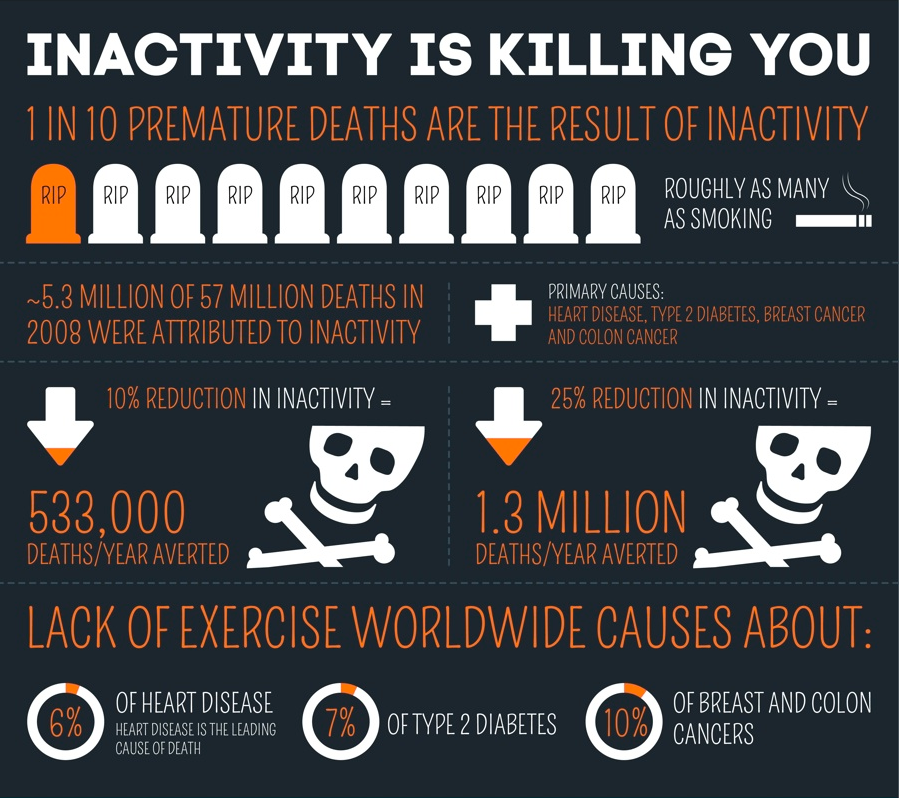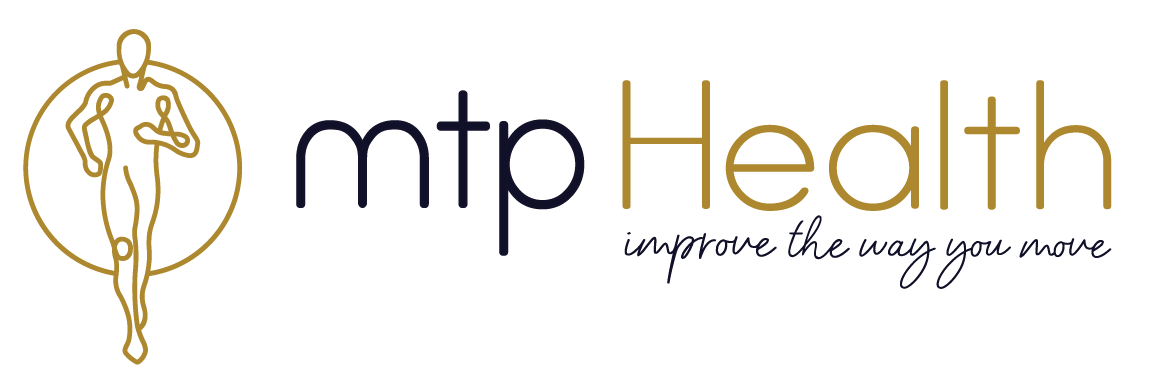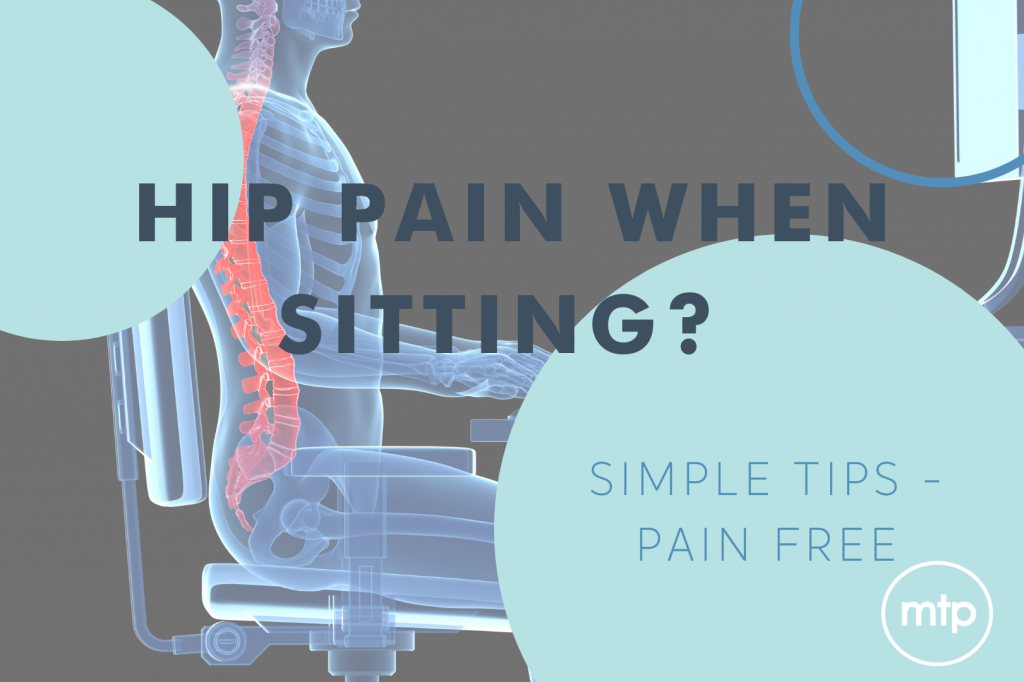Experiencing Hip Pain When Sitting: What Should l Do?
Experiencing Hip Pain When Sitting: What Should l Do?
With so much of our lives spent sitting down at work, mealtimes and during our relaxation hours, experiencing constant hip pain when sitting can be debilitating, and really affect your quality of life. Fortunately, you don’t have to put up with this pain long term.
Most of us do have to sit down for a lot of our day — some research suggests that up to 25% of us are sitting down for up to 8 hours a day — and that’s where the problem occurs. Rather than ageing being the cause of hip pain when sitting and lying down, it’s often the posture we adopt when sitting down for extended periods that can cause stiffness and hip pain. Our hips, when they are healthy and strong, allow us a full range of motion to sit, stand, run and jump. If hip joints stiffen up, that’s when we can start to experience pain. So what can you do about bad hip pain when sitting?

While somewhat morbid, these stats are telling. The biggest culprit to Hip Pain (& Ill Health) is a lack of movement. That’s why we focus on ‘Improving The Way You Move’
Having the right set-up when sitting down
Despite there being a fair bit of contention about the validity of the application of ergonomic endeavours in helping to prevent injury over the long term, we at MTP Health find that taking the scientific approach to optimising your workspace provides a positive benefit. It’s really more about thinking about your position & health in the workplace. We find that the people who take the time to set things up properly for themselves often fare better. They are the kind of people who are more likely to get up & move more throughout the day (which is far more important) & start to become in tune with their body while they’re sitting.
“Your best position is your next position”, is a really great adage we like to champion. Optimal health when sitting is about moving often & constantly changing your position to prevent the body from stiffening up & slowly adapting to a life free from movement (although somewhat hyperbolic, this video provides a great analogy).
For the above reasons, we find that especially when we sit at a desk for work, it’s important to have a set-up that takes consideration towards being ergonomically supportive. Firstly, for the most part, you should be sitting straight on with your desk, and avoid crossing your legs or favouring your left or right side. Your back should be straight, your hips and a 90 degree angle and your feet comfortably flat on the floor. Your keyboard should sit at a comfortable distance on your desk so that your elbows can rest naturally at the edge of the desk without cramping your shoulders. If you are in a position that is altered from this ideal set-up, you will likely notice tightness or discomfort in a particular area more readily.
With this ideal position in mind, we then encourage frequent changing of position & adjustment. A good rule of thumb is to move/contract your muscles every 30 minutes (whether standing up, or simply pushing your legs into the ground/ contracting as you would do on an aeroplane to prevent DVT), but we find that usually, people will start to feel restless at around the 30-minute mark. This restlessness is a good sign! It’s your brain telling you that it’s time to move your body. When you feel stiff in the chair, it’s your body’s reaction to a lack of movement. Unless you want to be planted in a chair your whole life, then it’s a good idea to not let this reaction to a lack of movement turn into an adaptation because you failed to move.
Another solution that we encourage is an adjustable/ standing desk. Adjustable desks that allow you to both sit down and stand up and are great to give your hips a variety of positions during the day, avoiding long stretches of time when your joint isn’t moving. This is crucial to allowing pain to be relieved, as periods of inactivity can cause or pain receptors to become sensitised (thus causing bouts of pain to come on).
Diagnosing the root of the problem
While arthritis may cause hip pain caused by stiffness, this is different to muscle stiffness in the hip joint, Typically, arthritis pain will be most pronounced in the morning getting out of bed, and can be exacerbated by very vigorous exercise. Muscle stiffness in contrast is most noticeable when you have been sitting down for an extended period, and can be eased by hip flexor exercises. You can read more about the different types of hip pain and how to treat them on our blog.
Often we find that hip pain & issues occur as a result of movement compensations. Our Exercise Physiologists & Physiotherapists are experts in addressing these movement compensations through our unique, staged based approach. To get an idea of where your movement might be lacking, take a look at our video below detailing an important movement concept known as the movement hierarchy. By understanding this concept you can start to see where a lack of the fundamental qualities of movement (i.e. mobility & stability), can lead to pain & dysfunction such as hip pain.
So, what can I do about hip pain when sitting?
At the end of the day, it’s about movement.
Move more, move often & move well. That’s a basic summary of how we recommend our patients think about their long term treatment & health at MTP.
To us, this is about empowerment and providing the best long term result possible for our patients. We don’t simply want to resolve the issue that you came to see us for. We want to teach you what we’ve learnt about health and movement over the last 20+ years so that you never have to experience any issues with your body ever again.

There are some simple exercises to encourage natural hip mobility that may relax the muscles around the joint and ease pain when you are sitting down. Hip mobility exercises are easy to fit into your routine and may immediately alleviate pain, while also providing the necessary mobility stimulus needed to start to cause your hips to adapt to being pain-free. One really simple hip drill that can be done at any time in about 30 seconds to provide immediate movement & relief is the Hip CAR [See full demonstration here]. To get a complete routine that is the perfect antidote to a full day of sitting, check out our hip mobility routine below.
In Conclusion [How to Take Action]
Hip pain is a complex issue, that has many contributing factors. While we often find that the root cause is poor movement patterns & a lack of mobility & stability, knowing exactly what to do about these causes is arguably the biggest challenge. If you tried the tips above & have gotten more movement in throughout your day, yet are still having trouble relaxing your hips and avoiding pain, you may need to consult a professional for a more tailored approach.
At MTP Health, we have both skilled physiotherapists and exercise physiologists who can consult with you to diagnose the nature of your hip pain, and formulated a tailored plan of treatment and rehabilitative exercise to suit your lifestyle and symptoms. To have a one on one session, a group session or a telehealth consultation, book in with us today.

